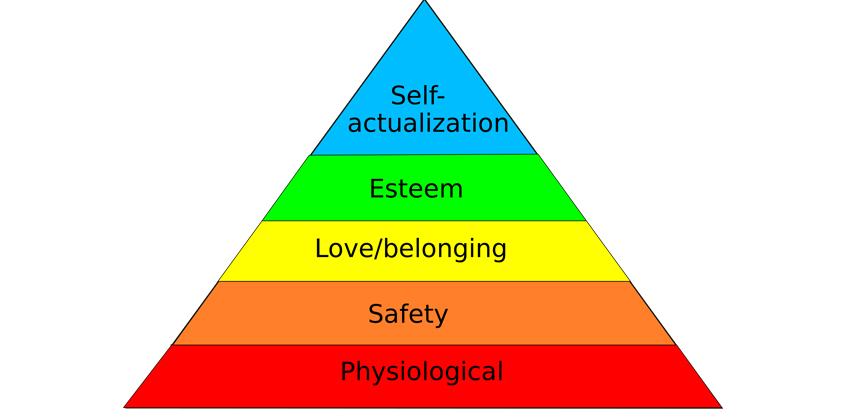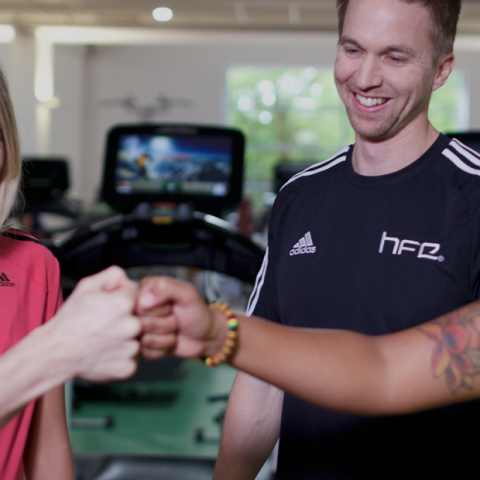Dr K. Anders Ericsson is a Swedish psychologist and Professor of Psychology at Florida State University. Among his many notable achievements is a very famous phrase which he coined: “It takes 10 years and 10,000 hours to become an expert.” He suggests that, regards of innate talent or the possession of a gifted ability, to truly become great at a chosen endeavour requires immense hard work and practice. As Dr Ericsson explores in this Harvard Business Review article, even chess Grandmasters, PGA tour golfers and legendary composers have head to spend countless hours honing their craft.

10,000 could largely be seen as an arbitrary figure, shown to highlight the enormity that lies ahead of anyone wishing to become an expert. What the theory doesn’t do is delve into the factors that can push a person to spend 10, 100 or 10,000 hours plugging away at a particular path, goal, dream, or career. As Dr Ericsson notes, motivation can be one of the biggest predictors of success. This is something that any established personal trainer, yoga teacher, group exercise instructor et al will be keenly aware of. Naturally, a personal trainer is instrumental in a client achieving a set health or fitness goal, but motivation (on both sides of the relationship – trainer and client) is paramount to the equation.
What is motivation?
In simple terms, motivation can be defined as such:
- Extrinsic (outside) or intrinsic (inside) factors that prompt an individual to take/perform action
- “Factors that active, direct and sustain goal-directed behaviour” – Jeffrey Nevid
- Pursuing an action, goal or implementing change in the face of setbacks, self-doubt, procrastination, stress etc
- Focusing one’s time, effort and energy into the pursuit of a goal
The impact of motivation and specifically the ability to better motivate clients can have a range of lasting benefits. Ultimately, the end goal is for your client to achieve their target weight, beat their personal time, whatever it may be, but building up to that, motivation is great instigator on the road to change.
Theories of motivation
There simply isn’t a one size fits all approach when it comes to better motivating clients. However, by using the following psychological theories as leverage, both productivity and motivation can be increased.
That’s not to say by simply reading these theories and implementing the ideas they set out your clients will suddenly be able to achieve their goals overnight, but you will be better equipped to handle the more challenging situations that a lack of motivation can bring.
Maslow’s Hierarchy of Needs
Developed by American psychologist Abraham Maslow in his 1943 paper “A Theory of Human Motivation”, the Hierarchy of Needs posits that once an individual’s basic needs have been satiated, they can become motivated to achieve needs and desires at a higher level.

The hierarchy is comprised of the following (in ascending order):
Physiological
- Food, water, sex, sleep, homeostasis
Safety
- Physical and financial security, health and wellbeing
Love/belonging
- Friendship, relationships, family
Esteem
- Self-esteem, confidence, achievement, respect
Self-actualisation
- Achievement, acceptance, morality, creativity
Applications: The lower levels of the pyramids very often take care of themselves, but as a person moves further up the list of needs more effort is required. Self-actualisation may seem abstract at first, but it is often the stage a client will arrive at just as they’re on the cusp of achieving their goals. With constant and effective support, particularly if a client is initially lacking in confidence in their own ability and self-esteem, they will be more likely to remain motivated and succeed.
The Hawthorne Effect
This theory takes its name from a series of experiments conducted at Western Electric’s factory at Hawthorne, a suburb in Chicago, during the late 1920s. Under the supervision of Australian sociologist Elton Mayo, two groups of workers were put forward to participate. Over time the working conditions for group A began to subtly change; lighting was improved, working hours shortened, breaks increased etc. What Mayo and his team of researchers observed was that the productivity and motivation for group A increased, while group B, who didn’t have anything changed, remained the same. Even when lighting conditions and other factors returned to normal, group A’s productivity remained higher than original levels.

Researchers concluded that it wasn’t the initial changes that prompted group A to work harder, but rather it was the fact the workers felt like they were being cared for and supported by management. Individuals had banded together to form informal peer groups and this motivated them to work harder.
Applications: In theory, the Hawthorne Effect is easy to apply, and to the best fitness professionals it will come naturally. Ensuring clients, students, or a class of participants are fully accommodated for is paramount. For personal trainers, it could be easy as staying off your phone and remaining focused when your client is performing reps – at the very least it’s a matter of health and safety that clients exercise correctly and avoid injury. You can take things further by bringing a spare towel and a bottle of water to the session, ready to hand to the client as soon as they needed. Away from the gym or studio, regular contact is encouraged. It can range from general conversation, to sharing an interesting article you’ve read.
The more a client feels like cared for and supported, the easier they will find it to remain motivated.
Expectancy Theory
Proposed by Victor Vroom, a business school professor at the Yale School of Management, expectancy theory suggests that a person’s behaviour can be influenced by the outcomes they expect to happen. Put another way, we decide what to do, and how hard we’re willing to work for it, based on the outcome or reward.
The theory is comprised of three elements:
Expectancy – Perceived effort will result in the attainment or achievement of a desired goal. This is based on a person’s past experience, confidence and motivation, and how difficult the goal will be to achieve.
Instrumentality – The belief that a reward will be received if performance expectations are met.
Positive valence – This is categorised as the attractiveness or value of the reward/goal. The higher and more positive the valence, the more likely a person is to strive to achieve the reward.
Applications: The use of effective goal-setting will enable you to get the most out of expectancy theory. It’s no use a client wanting to run a marathon if they’ve even completed 5k before, and this is also likely to result in aversiveness (negative valence).
With clear and attainable goals a client is more likely to remain motivated, and at times when they falter, you’ll be there to give them the push they need to continue. With regards to rewards, this can be a collaborative approach. You may want to suggest that a client is ‘allowed’ to buy new clothes, or go for a meal out once they hit a particular goal. By suggesting or providing rewards a client actually wants, valence will increase.


